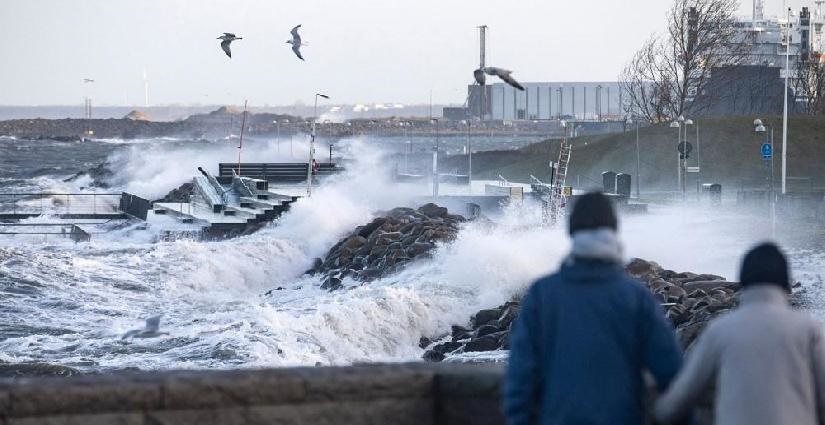
They are based on an extensive analysis of measurement data from so-called tidal stations, from Delfzijl to Vlissingen.
Since the mid-1990s, the water level off the Dutch coast has risen significantly faster than in the previous seventy years, the researchers conclude. Since then, the average increase has been 2.7 millimeters per year. Due to uncertainty in the data, it could actually be 0.4 millimeters higher or lower. The researchers have calculated that this is between 0.5 and 1.5 millimeters more than in the seven decades before.
It has been known for years that sea level rise is accelerating worldwide as a result of global warming. According to TU Delft, this is the first time that ‘a significant acceleration’ has been discovered in the data from the Dutch tidal stations along the North Sea.
Big differences
The researchers see major differences per station. For example, the rise in sea level in the Wadden Sea is twice as fast as elsewhere. Also in the course of a year, the water level can differ greatly from one monitoring station to another. As a result, it is not so easy to find such an acceleration in the figures.
The eight monitoring stations have been in existence for more than a hundred years and are relatively close to each other. “Nowhere in the world can you find such a good data set,” says researcher Riccardo Riva. To what extent we should be concerned, he thinks is ‘a question for politicians’.
Worldwide, sea levels have risen about 20 centimeters since the beginning of the twentieth century. The UN panel of climate scientists IPCC concluded in a much-discussed report last year that the increase in the thirty centuries before has never been so strong. In the next thirty years, another 20 centimeters can be added and the sea level will continue to rise after that, the IPCC expects. This could have major consequences for a country like the Netherlands, which is 26% below sea level.
Climate scientists explain the increase by the melting of ice in Greenland and in the polar regions and by expansion of the ocean water. Because it gets warmer, the top layer of the water heats up. As a result, the volume of that water increases, resulting in a higher water level.



